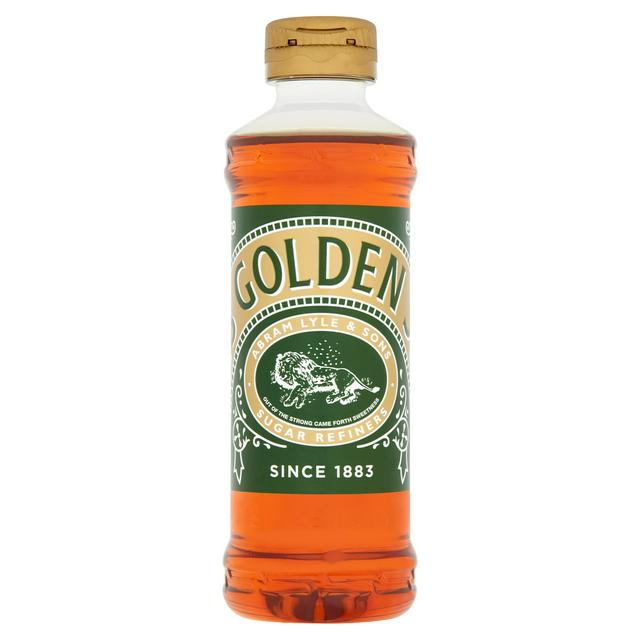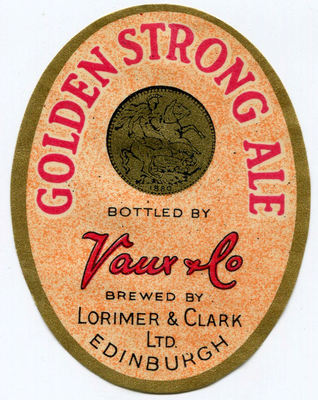The reason that the colour calculation in BeerEngine does not match other software is mainly because most software, particularly American software, is reliant upon a thing called the Morey equation, which is flawed. I have no knowledge of Brewmate, but I suspect that it also uses Morey, even though it is written by an Aussie. The Morey equation perpetuates a misconception that beer colour is not linear; that is, that it assumes that if you double the ingredients you do not get twice the colour. In fact, for all practical purposes, you do get twice the colour.
This misconception goes back to 1991/2 when the late Dr George Fix performed an "experiment" whereby he took a dark American beer and measured its absorbance (colour) as-is and at several dilutions. Fix ended up with a strange-shaped "curve" and from this he concluded that the Beer-Lambert Law, commonly known as Beer's Law, did not apply to beer and that beer colour was non-linear. Beer's Law is a law pertaining to spectrophotometric measurement and, confusingly, Beer is a person in this context. The idea behind George Fix's "experiment" was that home brewers could measure the approximate colour of their beer by diluting a dark commercial beer of known colour until it matched the home brewed beer, and then calculate its colour from the dilution required.
Other people tried to make colour prediction formulae using Fix's data, or at least incorporating Fix's non-linearity assumption, but these were somewhat unsatisfactory. They had obvious limitations and different formula covered different colour ranges. Then another worker, Dan Morey, came along and combined the various formulae into one universal formula. This became known as the Morey equation.
Unfortunately, George Fix did not know how to use a spectrophotometer properly; he was trying to use it outside of its reliable range. His laboratory technique was somewhat school-boyish and his interpretation was flawed. The flaws were noticed at the time and highlighted, but it became quite controversial because George Fix, and some of his followers, doggedly defended his results and methodology to the hilt; despite the fact that people far better qualified pointed out where he went wrong, and despite the fact that several people performed similar experiments using the same reference beer and found no deviation from Beer's Law.
So the Morey equation is wildly wrong because it is based on bad data that has had its errors compounded by other workers who tried to make the data fit the real world. It is unfortunate that these formulae still persist some twenty years later, but I think it persists because has been incorporated into so much software. If it was not for software perpetuating these ideas, they would have been dead, buried and forgotten years ago


























![Craft A Brew - Safale S-04 Dry Yeast - Fermentis - English Ale Dry Yeast - For English and American Ales and Hard Apple Ciders - Ingredients for Home Brewing - Beer Making Supplies - [1 Pack]](https://m.media-amazon.com/images/I/41fVGNh6JfL._SL500_.jpg)


































